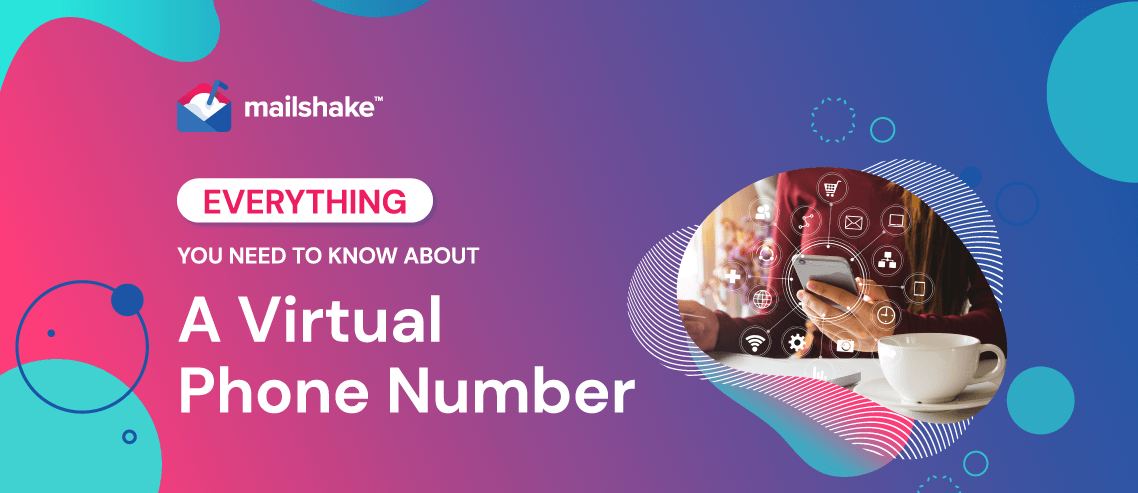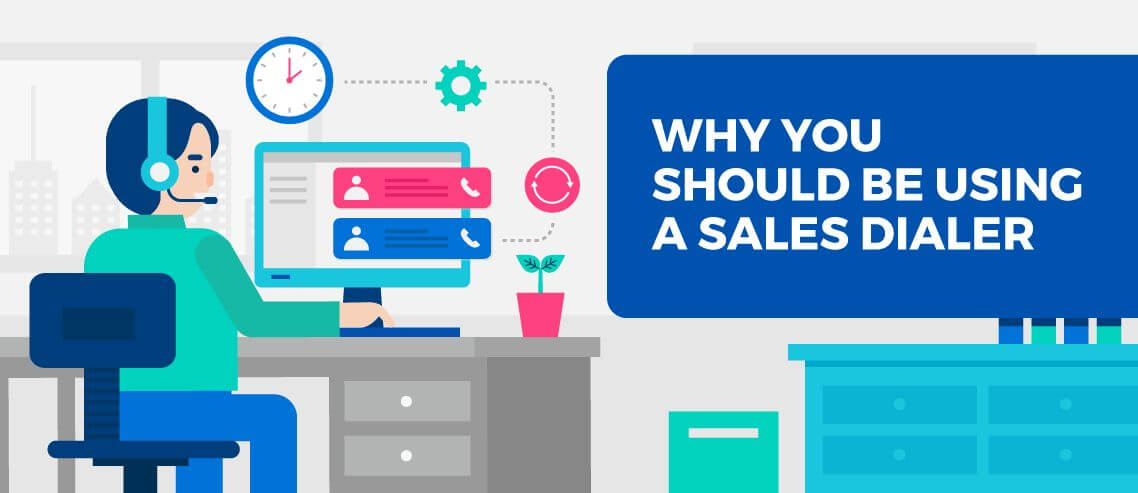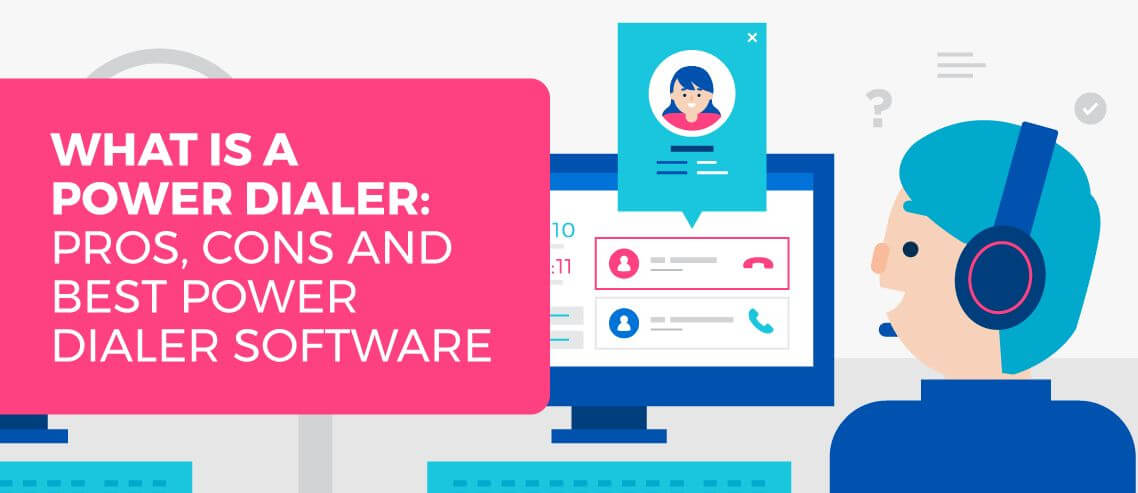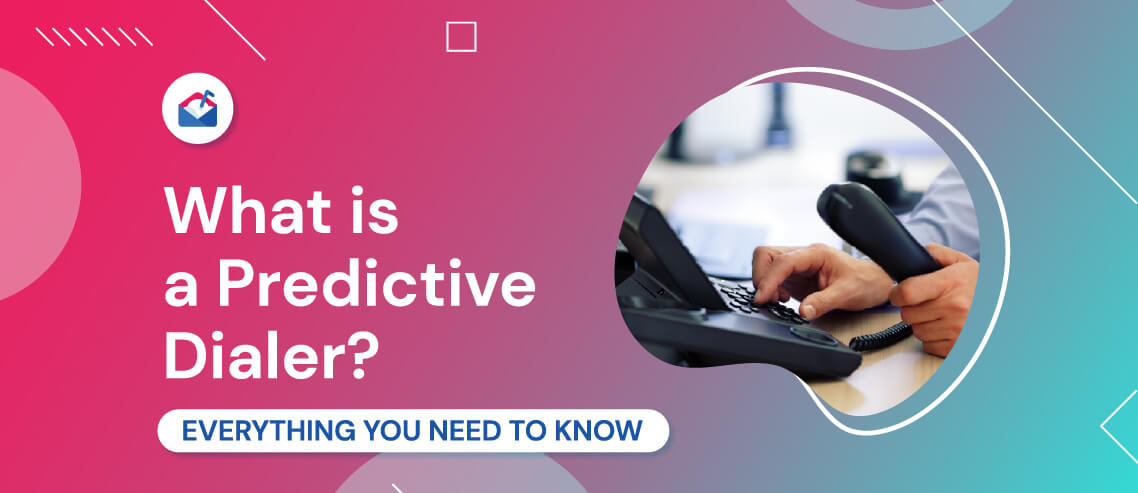Everything You Need To Know About A Virtual Phone Number

Contents
These days, landlines have become something of an antiquity. In fact, many households no longer have a landline at all, opting for mobile lines instead. Meanwhile in business, landlines are expected to obsolete by 2025.
But there’s another type of phone number that’s risen in popularity alongside mobile phones: virtual phone numbers.
In this article, we’re going to give you the lowdown on everything you need to know about virtual phone numbers. Let’s dive in:
What is a virtual phone number?
A virtual phone number is a phone number that isn’t directly attached to a single, fixed phone line. Instead, incoming calls are forwarded to one of a pre-set number of phone lines, which can be either mobile, landlines, or VoIP. The specific device that each call goes to, however, is determined on the spot.
Because of this method of call routing, virtual phone numbers offer both increased flexibility and improved anonymity. Virtual phone numbers are much harder to trace than regular phone numbers, and since they are not tied to a set location, businesses can use them to route calls to soft phones, mobile phones, and VoIP desk phones as they see fit as well as choose their own area codes.
How do virtual phone numbers work?
As you might imagine, there’s a lot of technical complexity behind virtual phone numbers. But at a surface level, you can think of it like this:
Regular phone calls go to or come from a landline or cell network. However, when you place a phone call to or from a virtual phone number, the call is routed through the internet. From there, the call can be directed to any device the receiver chooses.
In short, virtual phone numbers swap the cell carrier or landline for the internet and let you choose devices in real time.
4 Ways You Can Use a Virtual Phone Number
Once you have a virtual phone number set up, you can use it for several purposes:
1. To Make Calls
A virtual phone number is a phone number after all, and it can be used to make calls. You can use the device of your choosing to make the call, while having the caller ID display your virtual number.
Plus, you can choose a virtual number with any area code you want, so you can make it look like you’re in a different location, if you choose.
2. To Receive Calls
A virtual phone number functions just like a regular phone: people can dial your number, and you’ll receive their calls.
However, since virtual phone numbers are not linked to a specific device, the call may ring on several phones at once, and you can decide which one to pick up on the fly.
3. To Send and Receive Text Messages
Virtual phone numbers aren’t limited to just making and receiving calls. With your virtual phone number, you can also send and receive texts. The texting experience is exactly the same as on a regular cell line.
4. To Add Extensions
If you work with a team, you can add extensions to your virtual number, just like you would with a traditional office phone. You can route these extensions to various individuals or departments, making for more efficient call routing, improved communication, and a more professional appearance.
How to Get a Virtual Phone Number
Interestingly, there are many different ways to get a virtual phone number.
If you only need one virtual phone number to start, Google Voice is a great free solution. It provides a free virtual phone number to go along with your Google account, and it has all the features you’d expect from a virtual phone number, including the ability to make and receive calls as well as to send and receive text messages. It also provides call forwarding, voicemail, and voicemail transcription.
If you need a virtual phone number for business, you can look into the various business VoIP solutions that are available. These products typically offer multiple lines and additional features that are relevant to businesses, like extensions, international calling, three-way calling, and call parking.
Leaders in the business VoIP space include Nextiva, 8×8, Grasshopper, and MightyCall. All of these have easy signup processes, and you can get your virtual numbers quickly after signing up. However, these are all paid-subscription products, not free ones.
What are the benefits of a virtual phone number?
Using a virtual phone number has many benefits. Here are a few you should be aware of:
1. Easy Setup
Traditional phone systems can be difficult to set up. They typically require complex on-site equipment that a specialist will need to configure. Overall, the installation of a traditional phone system can be a lengthy endeavor.
Virtual phone systems, on the other hand, don’t involve the same complexities and obstacles that come with traditional phone systems. To set up a virtual phone, all you need is an internet connection and a device to use as your phone. That device can be anything from a computer, to a cell phone, to a dedicated VoIP desktop phone.
In short, to set up a virtual phone system, all you need to do is connect to the internet, sign up for the service, and connect your devices. You can get your entire system up and running pretty much instantly, which isn’t usually possible with traditional systems.
2. Lower Costs
In addition to faster setup times, virtual phone numbers are also easier on the wallet. Since they don’t require expensive on-site equipment, costs are typically lower. Plus, users can configure their own plans to meet their own unique needs.
Overall, virtual phone systems can be as much as 65% cheaper than traditional phone systems — that’s a major savings, especially for small and growing businesses.
One of the reasons for these cost savings is that virtual phone systems let you choose which features you need and don’t need. That way, you’re less likely to end up paying for a bunch of features you’ll never use. This keeps costs down and makes virtual phone numbers more economical than traditional systems.
3. On-Demand Phone Numbers
Virtual phone numbers provide increased control over your caller ID and the numbers that you use. While traditional phone numbers are locked to a specific line and geographic location, virtual phone numbers are not.
That means that you can choose which area code you want to use, which phone number you’d like, and more.
This is especially useful for remote teams. With a virtual phone system, everyone on your team can appear to have a phone number from the same geographic location, even if your team is split up around the world.
Additionally, you can use local numbers when making cold calls to small businesses. Or, you can choose a toll-free number or even a no-direct dial number.
4. Flexible Device Options
Traditional phone numbers don’t give much device flexibility. When a call comes through, you have one choice and one choice only about how to pick it up.
However, with virtual phone numbers, you can choose to take your calls on any of your devices. That means that you can pick up your call on your cell phone, tablet, laptop, desktop, conference phone, desktop phone, or wireless VoIP phone.
The reality is that most business professionals are already making use of several devices, so it only makes sense to choose an option that’s device agnostic. Virtual phone numbers allow professionals to put all those devices to use without purchasing anything new beyond a phone plan.
What are the drawbacks of a virtual phone number?
There are two drawbacks that business owners should be aware of when deciding whether or not to invest in a virtual phone number.
For starters, since virtual phone numbers aren’t attached to any specific device, they can make you much easier to reach — when you receive a call, it can go to several devices, and it’s likely you’ll have at least one of them on you. In many cases, that’s a good thing, but it can also interfere with your work-life balance. If you’re so easy to reach, it can be hard to separate your personal life from your work life.
Secondly, virtual phone numbers don’t always have the same level of call quality consistency that regular landlines can have. For instance, if you find yourself in an area with spotty internet for some reason, your call quality can suffer. In the worst case scenarios, your call may drop completely.
How will a virtual number help small business?
Virtual numbers can provide a higher degree of flexibility compared to traditional phone systems. With a virtual number, team members can take calls from any device that they choose, which allows them to take calls on the go as well.
Plus, virtual phone systems can help create a more professional and unified company image. This is especially important for remote teams during virtual meetings. Instead of having phone numbers from several different area codes, all team calls can be routed through the virtual system, which will display the same area code for all calls.
Virtual phone systems are also easier to set up and maintain, and they typically cost less than comparable traditional systems. In this way, they can save small businesses time and money.
Getting started with virtual phone numbers
For most businesses, virtual phone systems are a useful investment in today’s modern economy. Not only do these systems keep costs low, they also provide increased flexibility, offer easier setup and maintenance, and create a more unified company image for remote teams.





